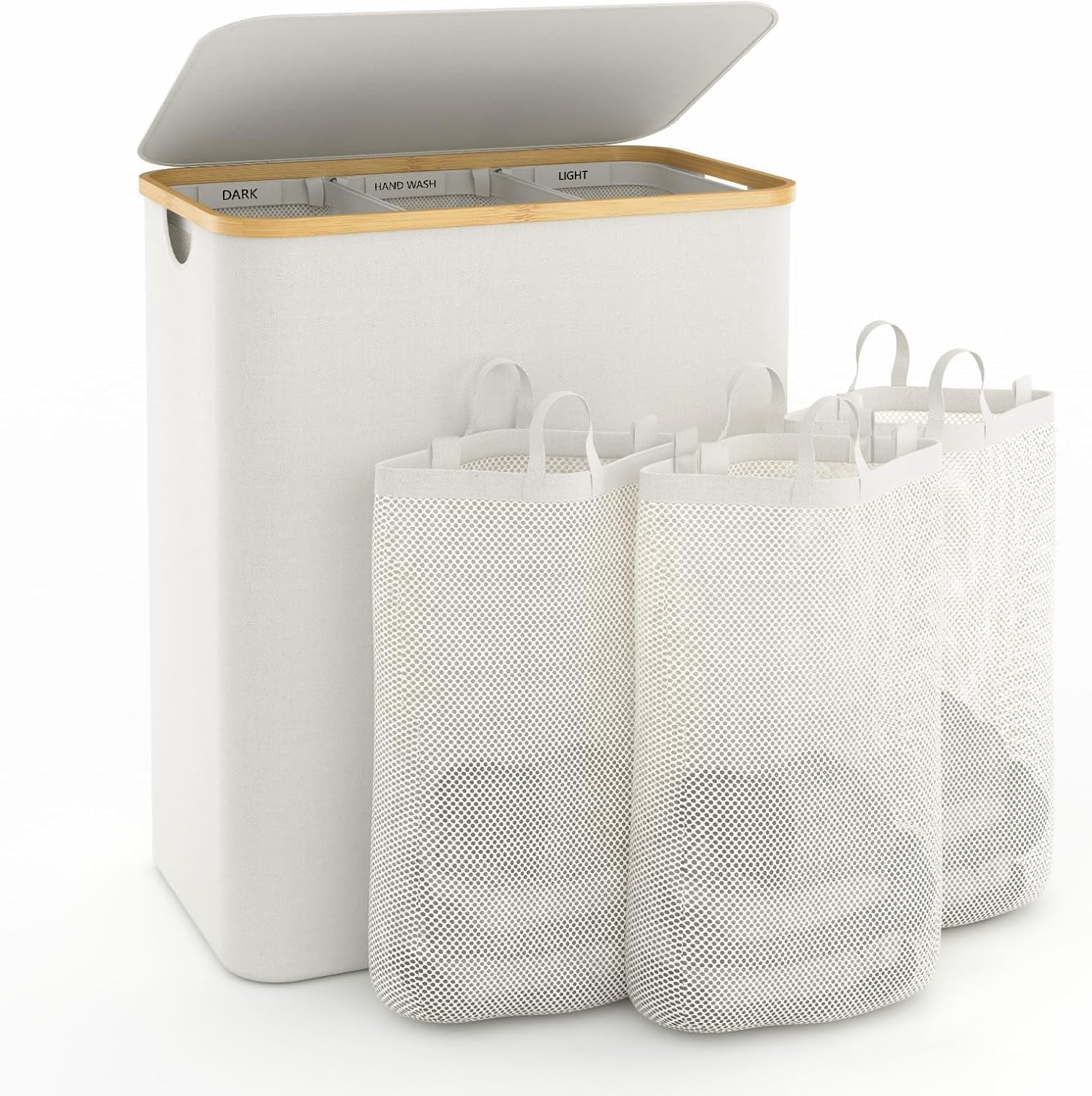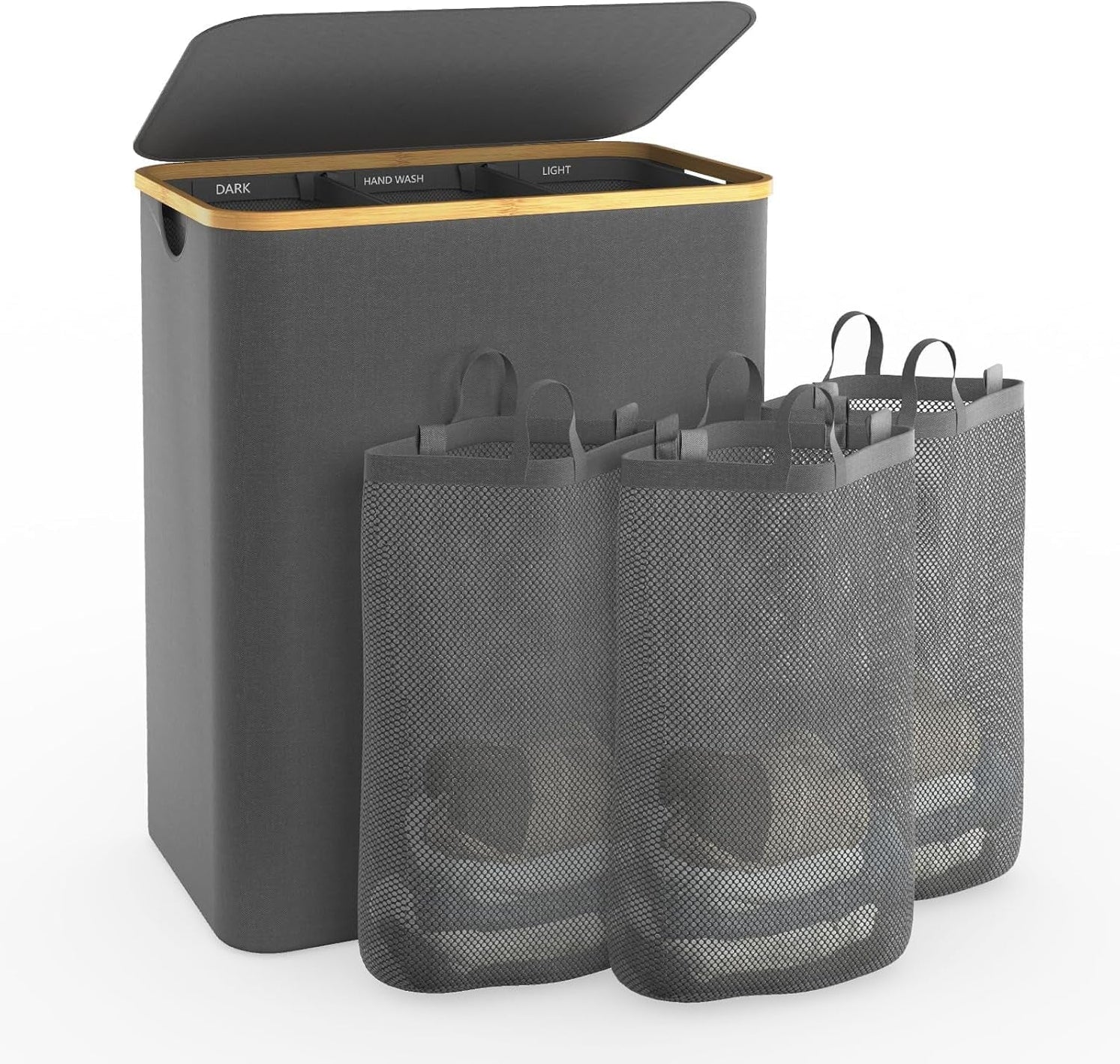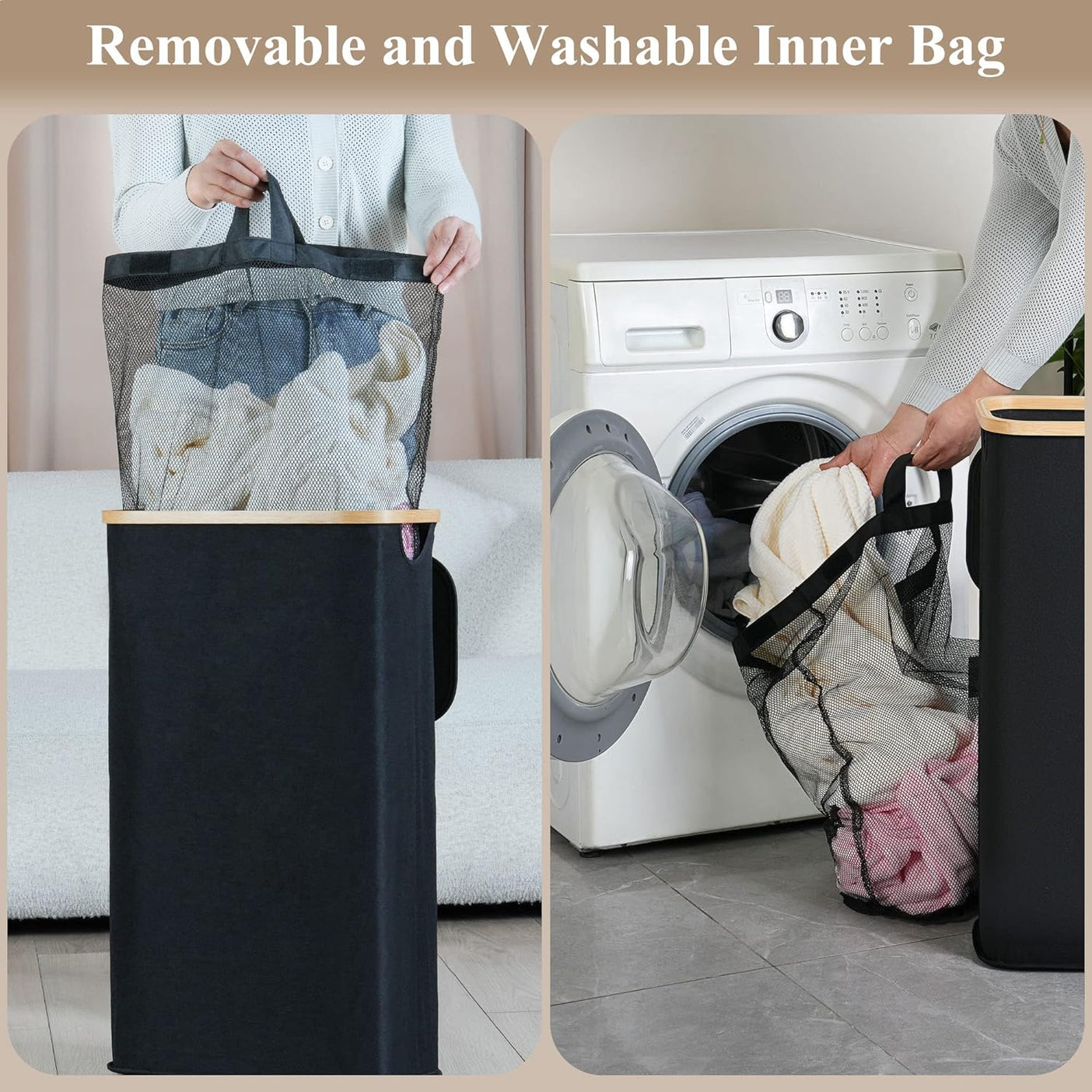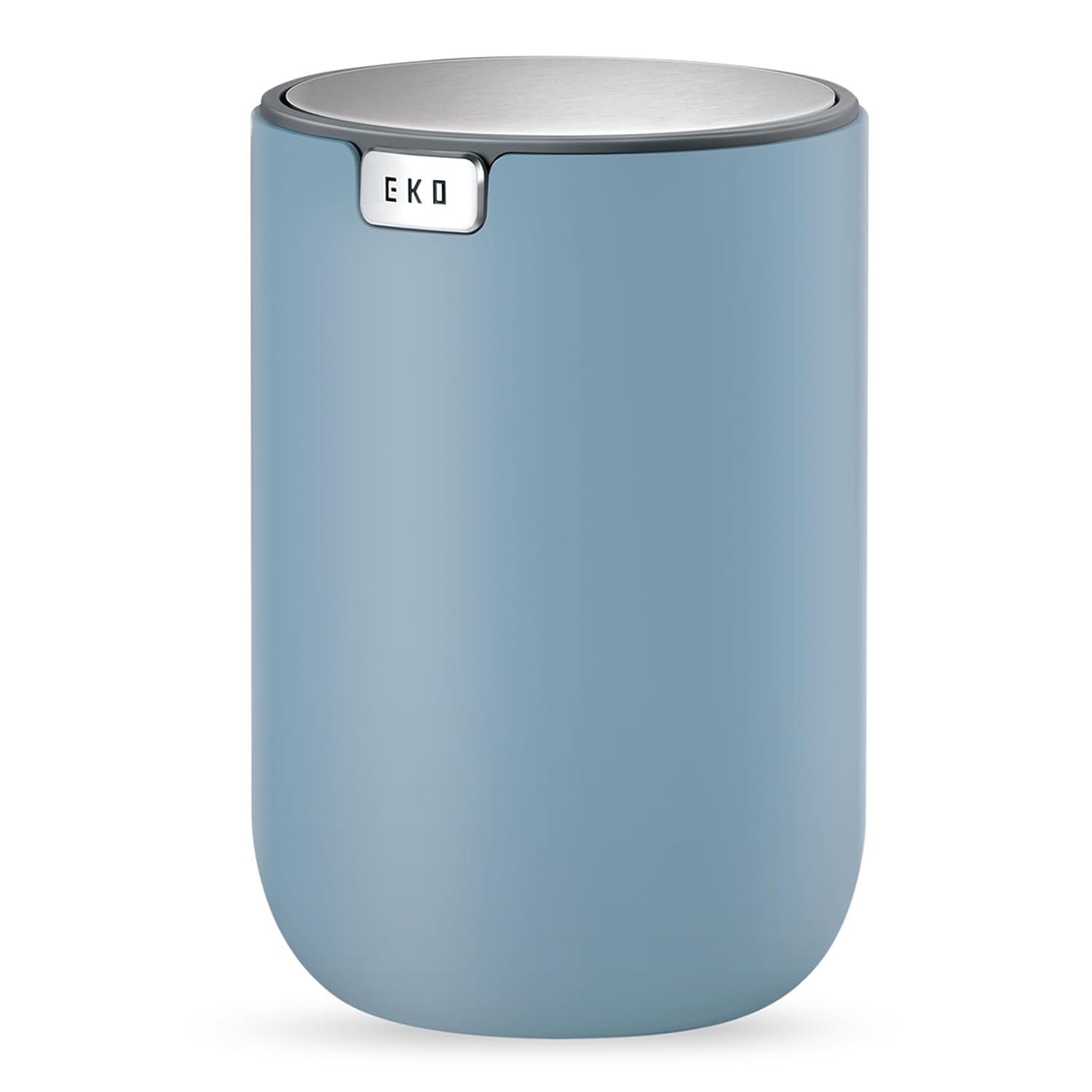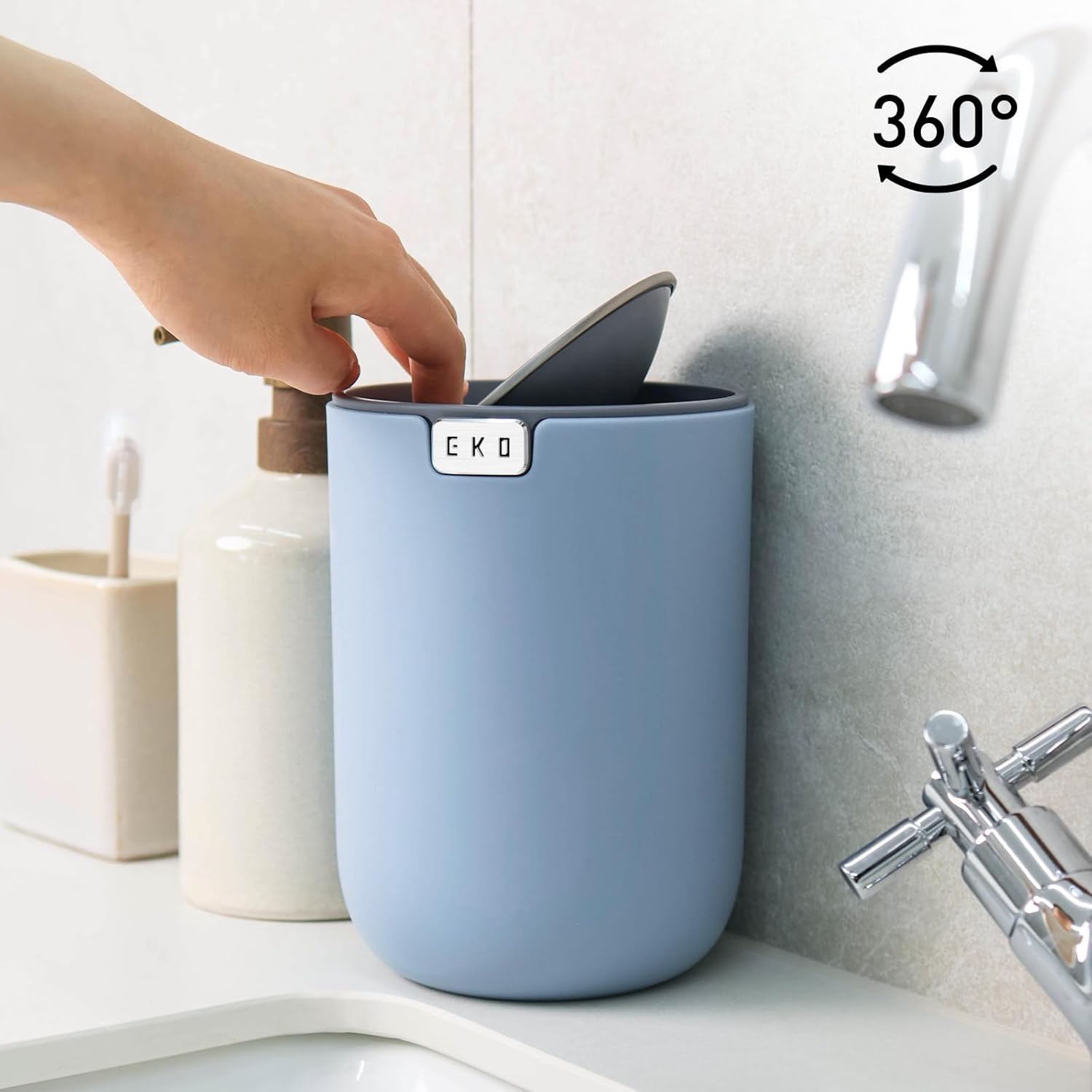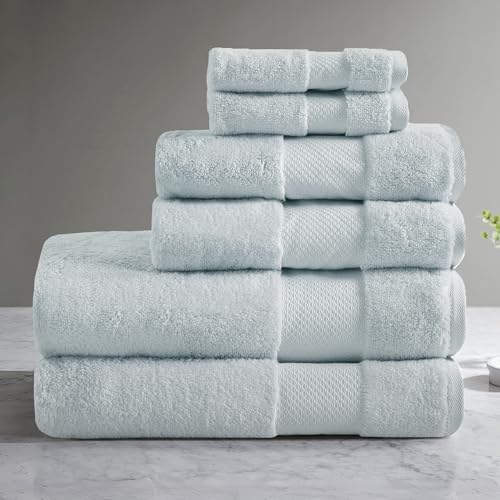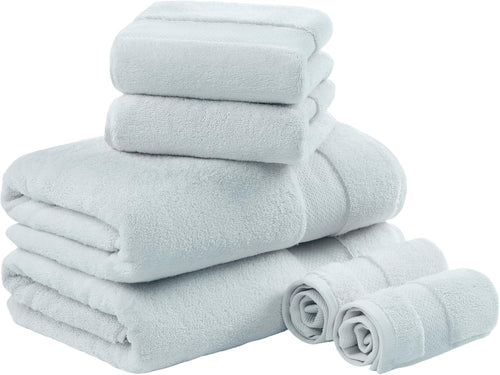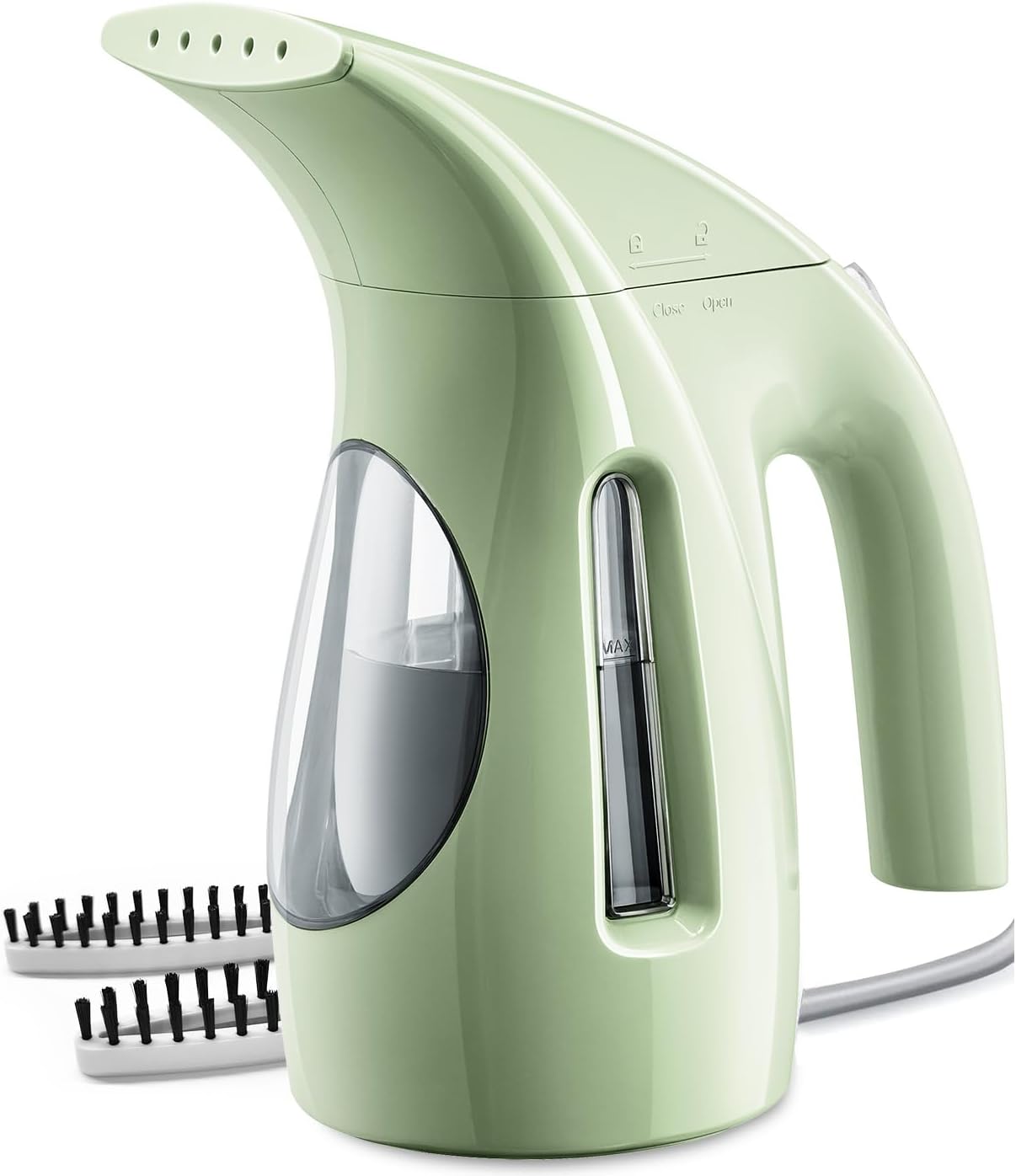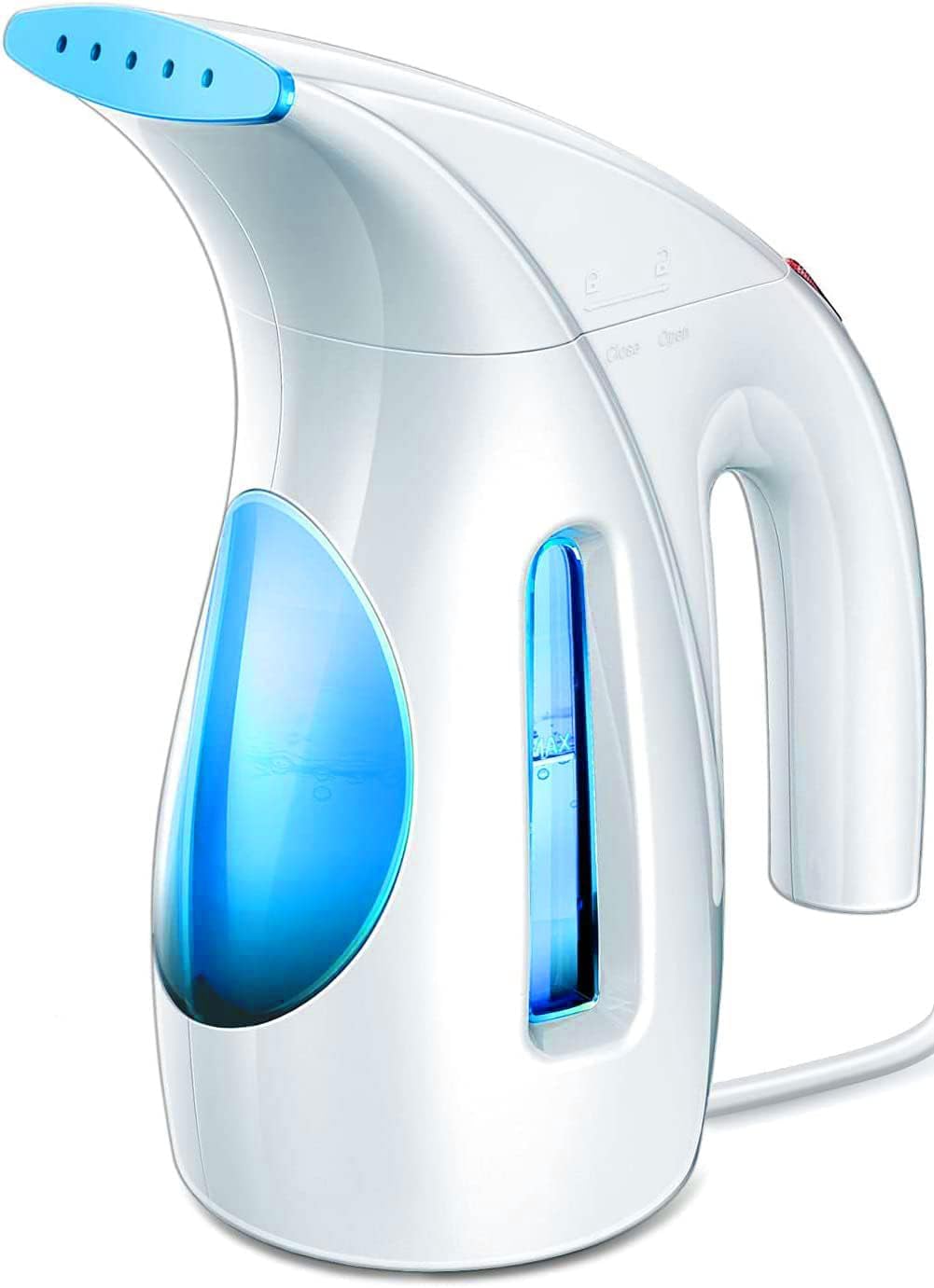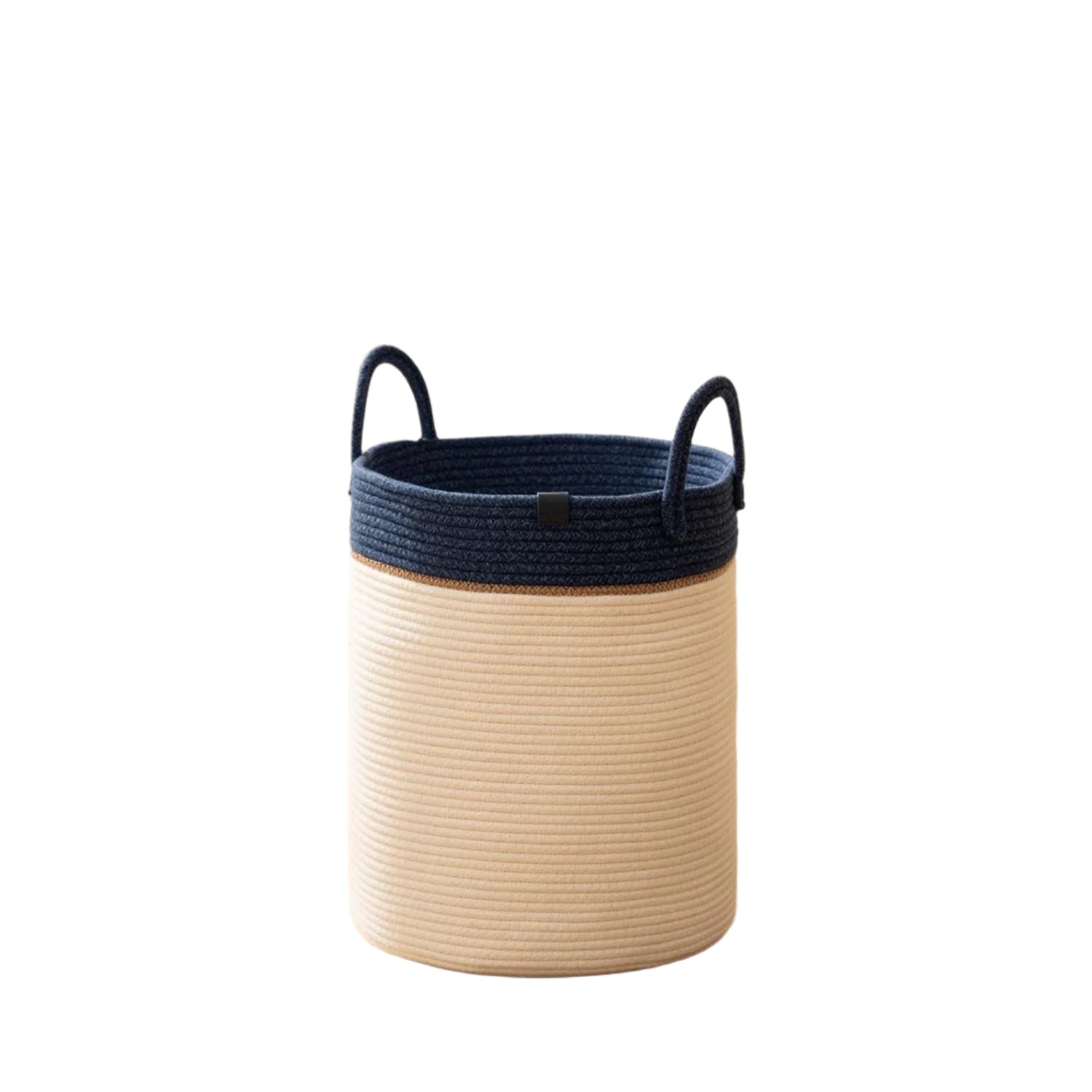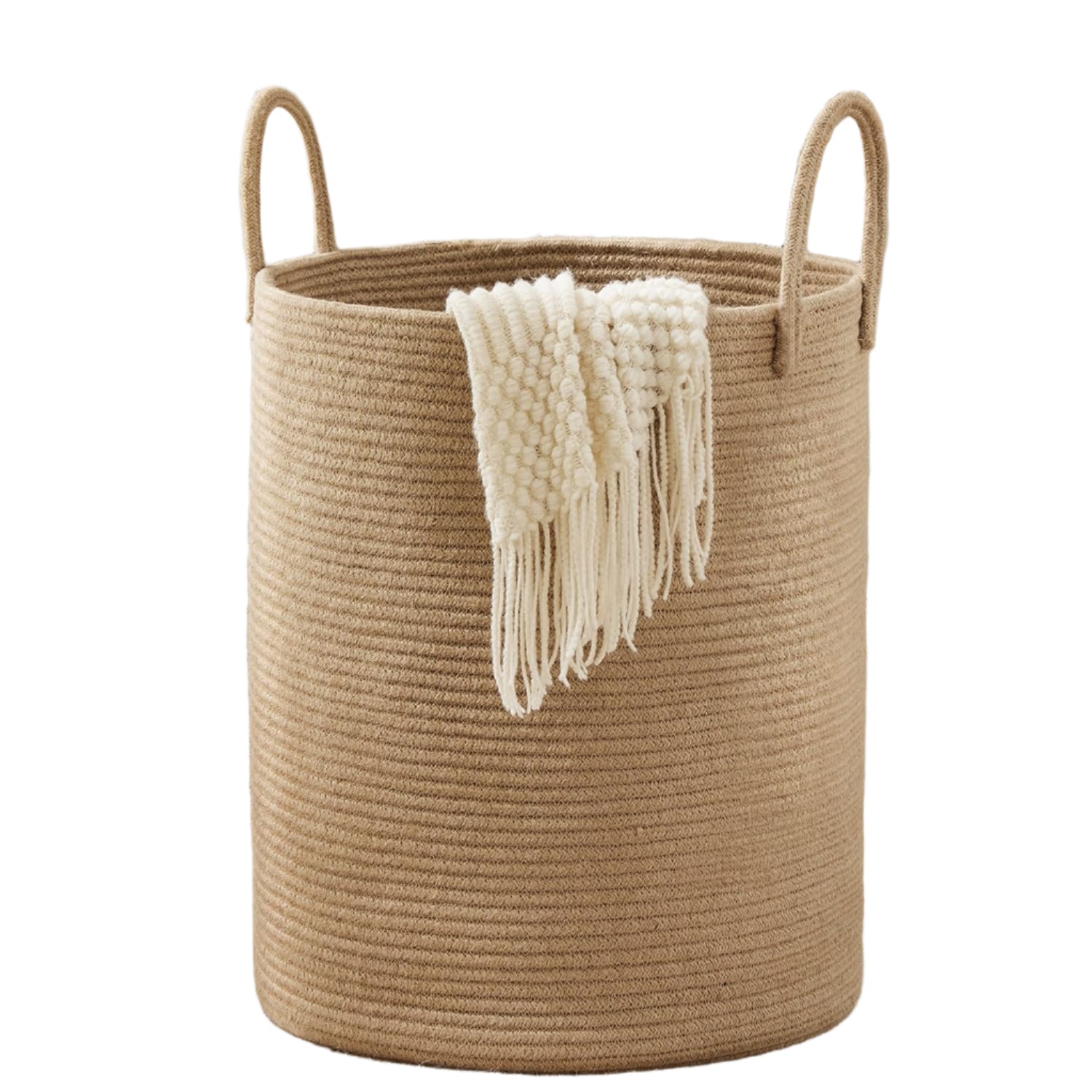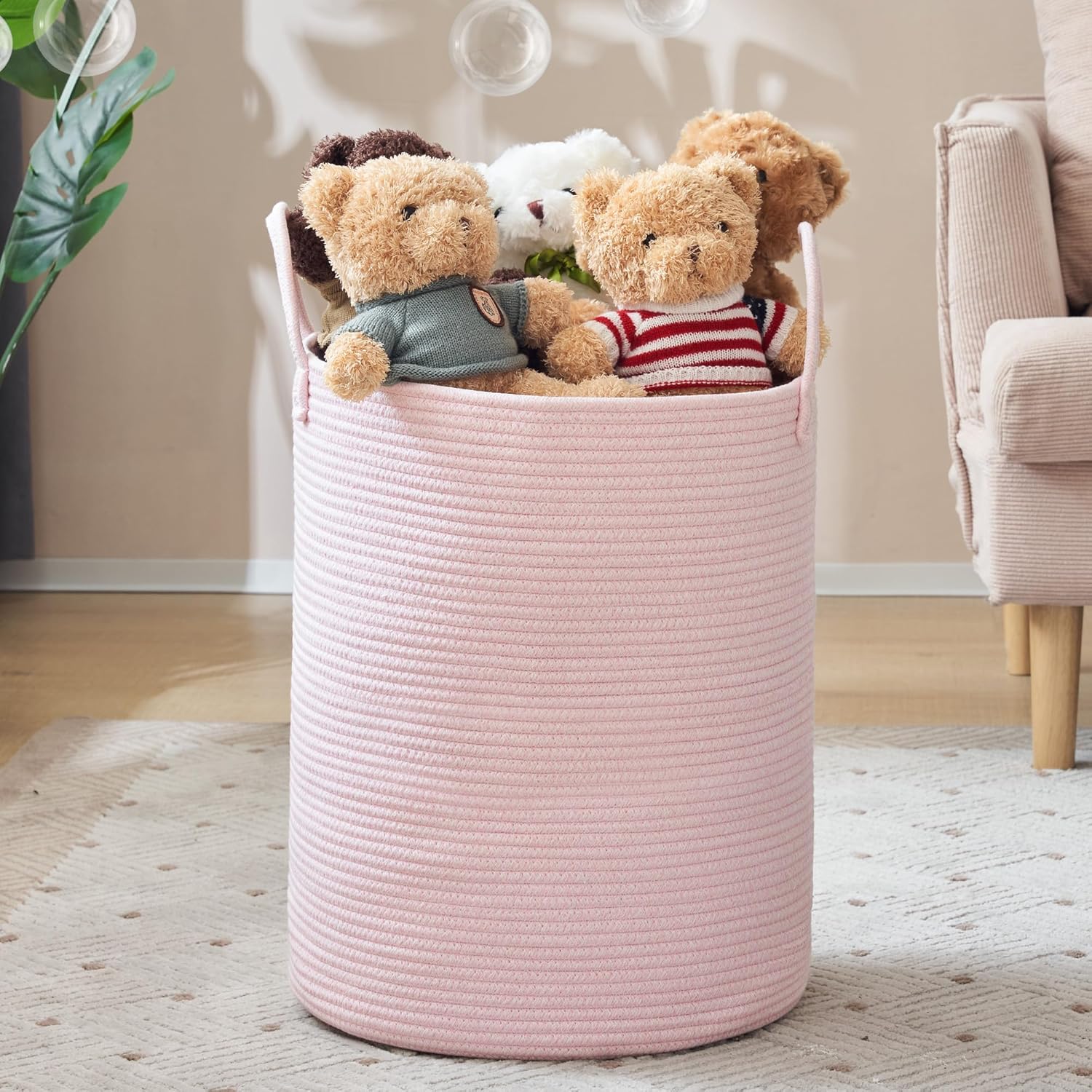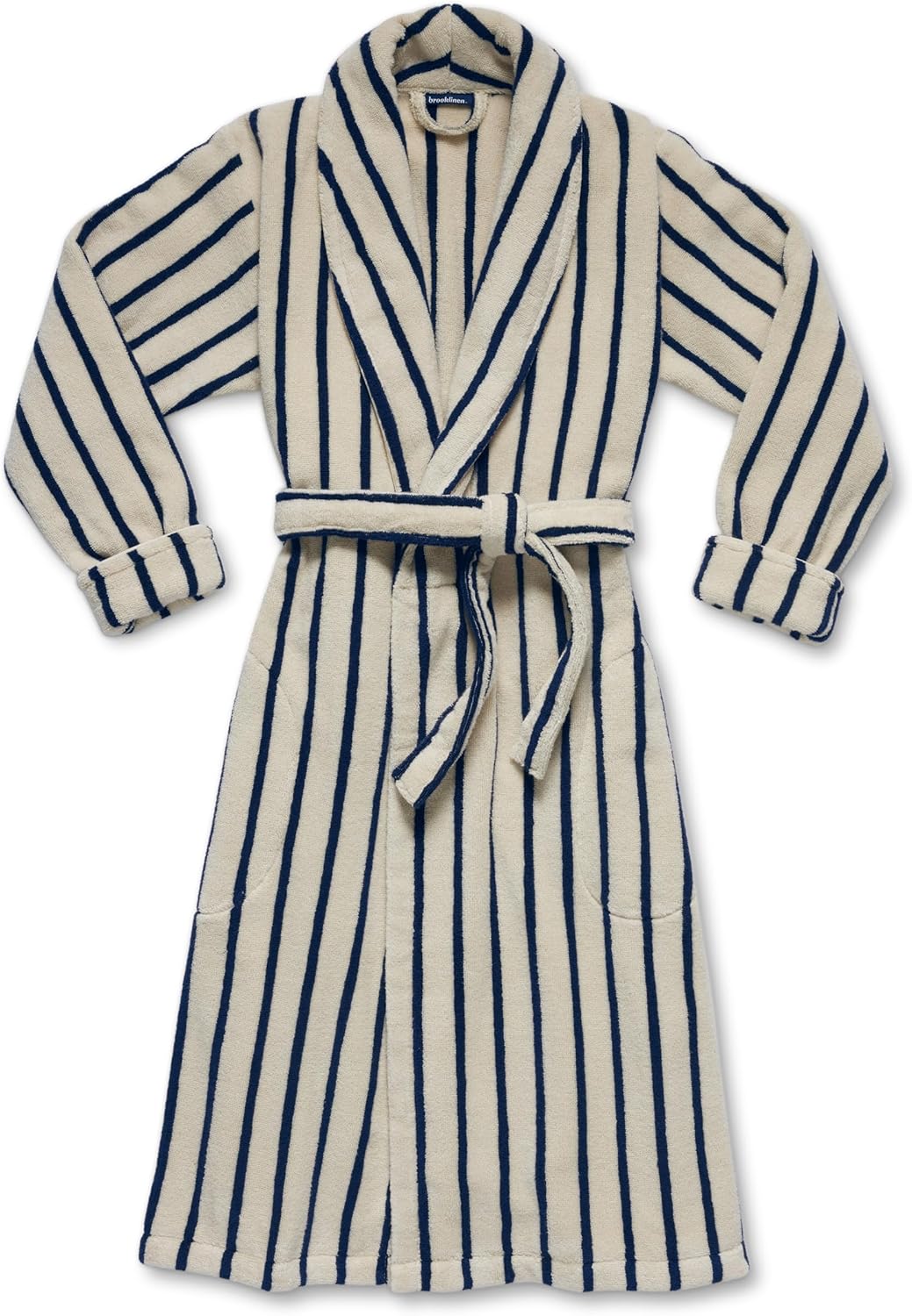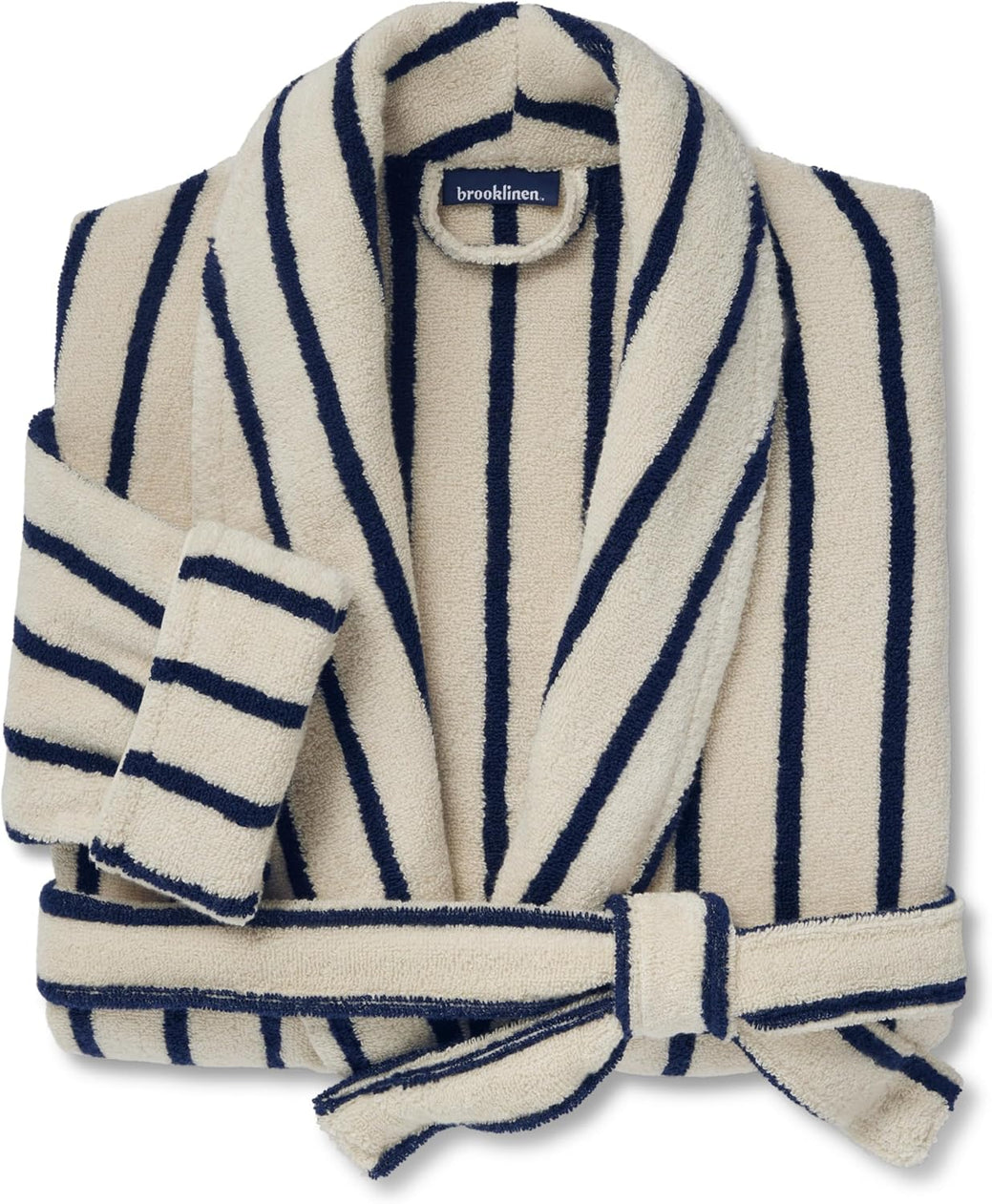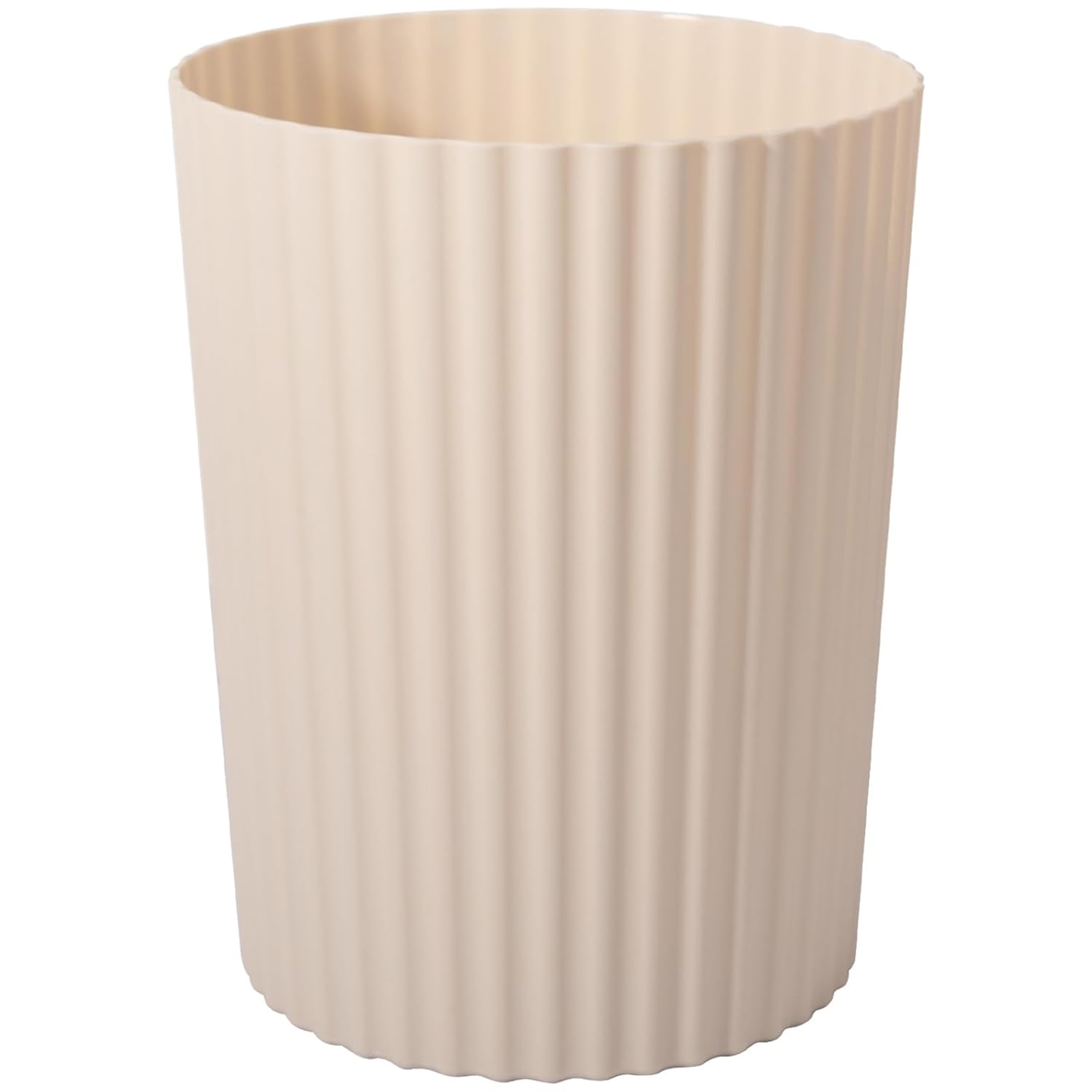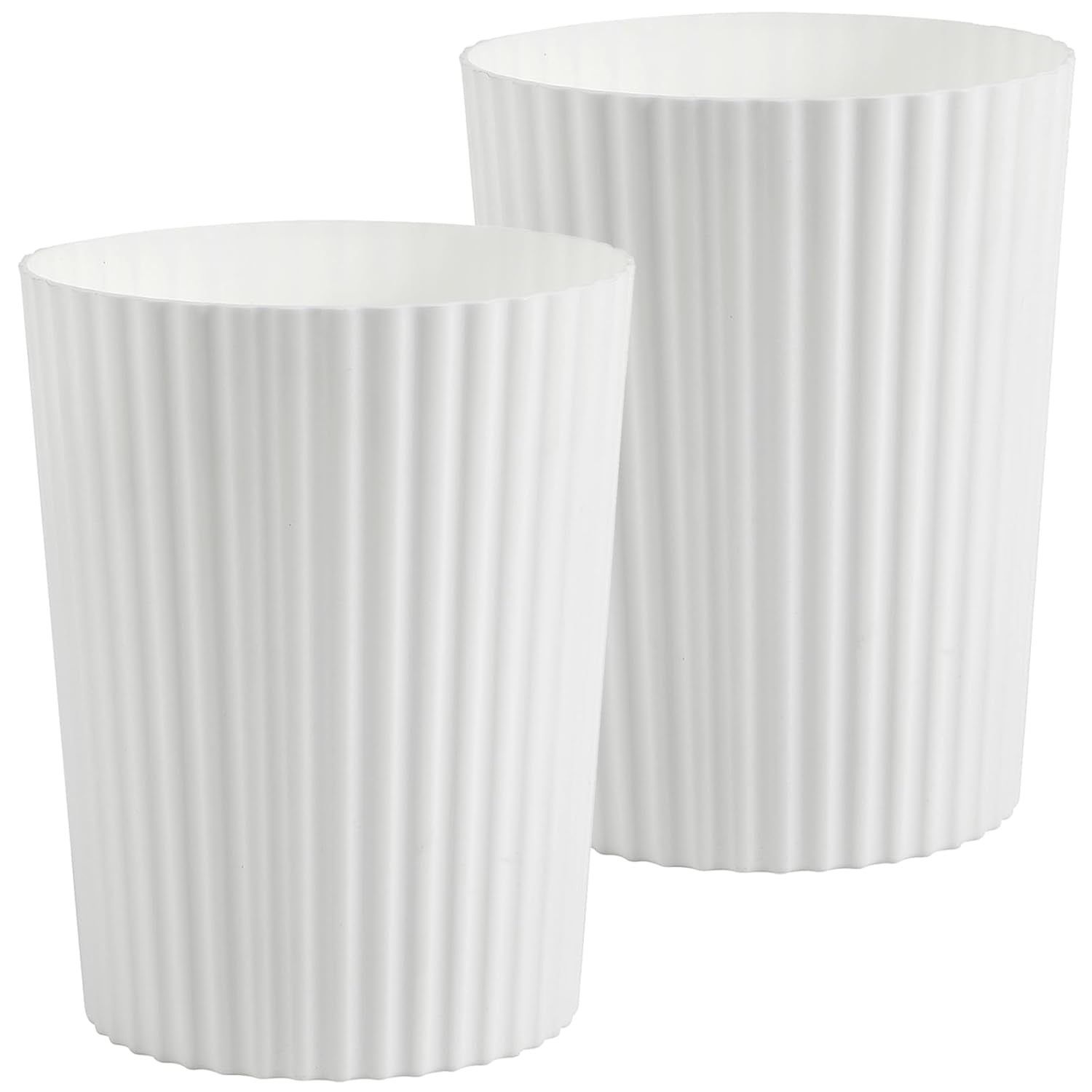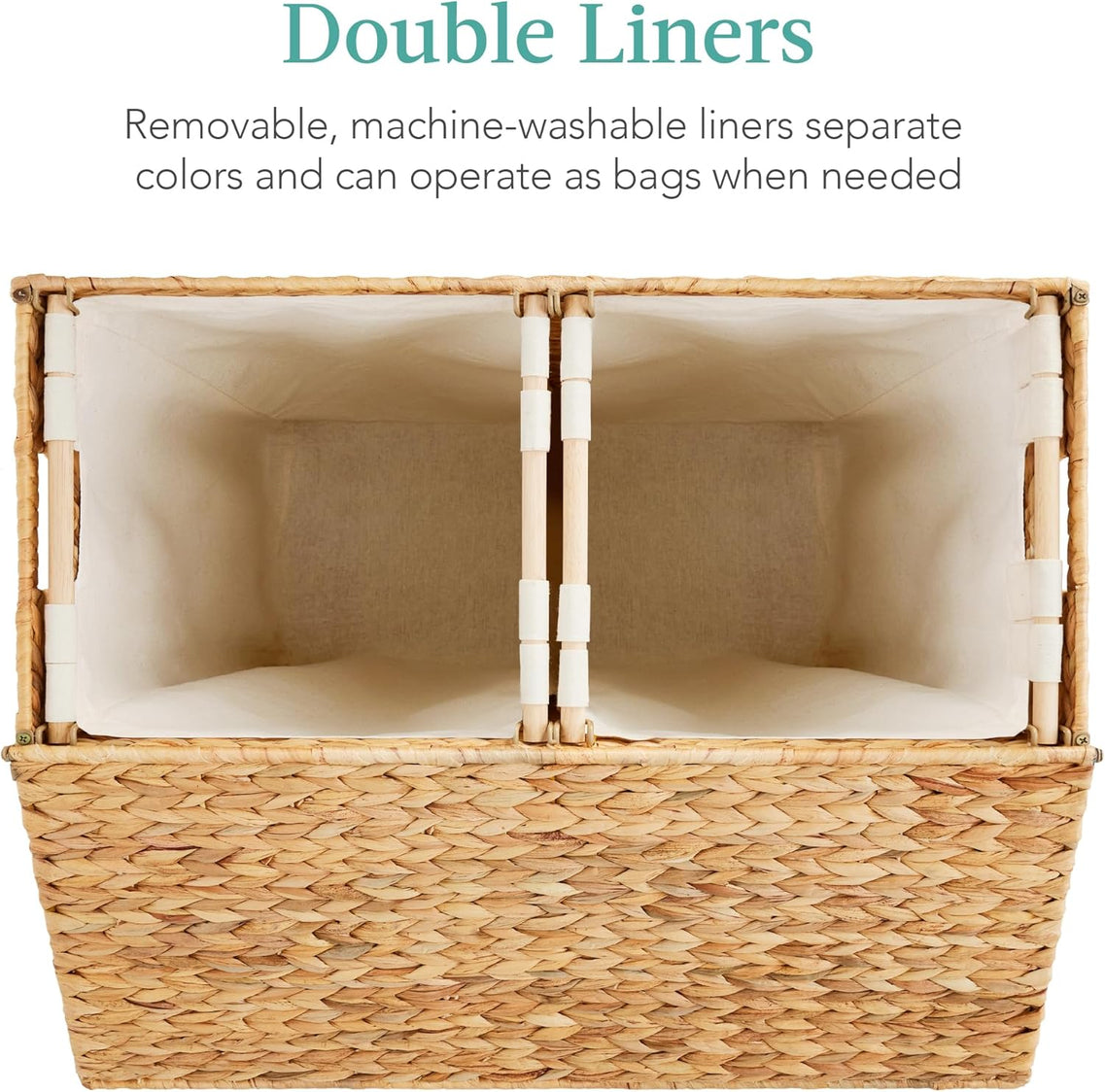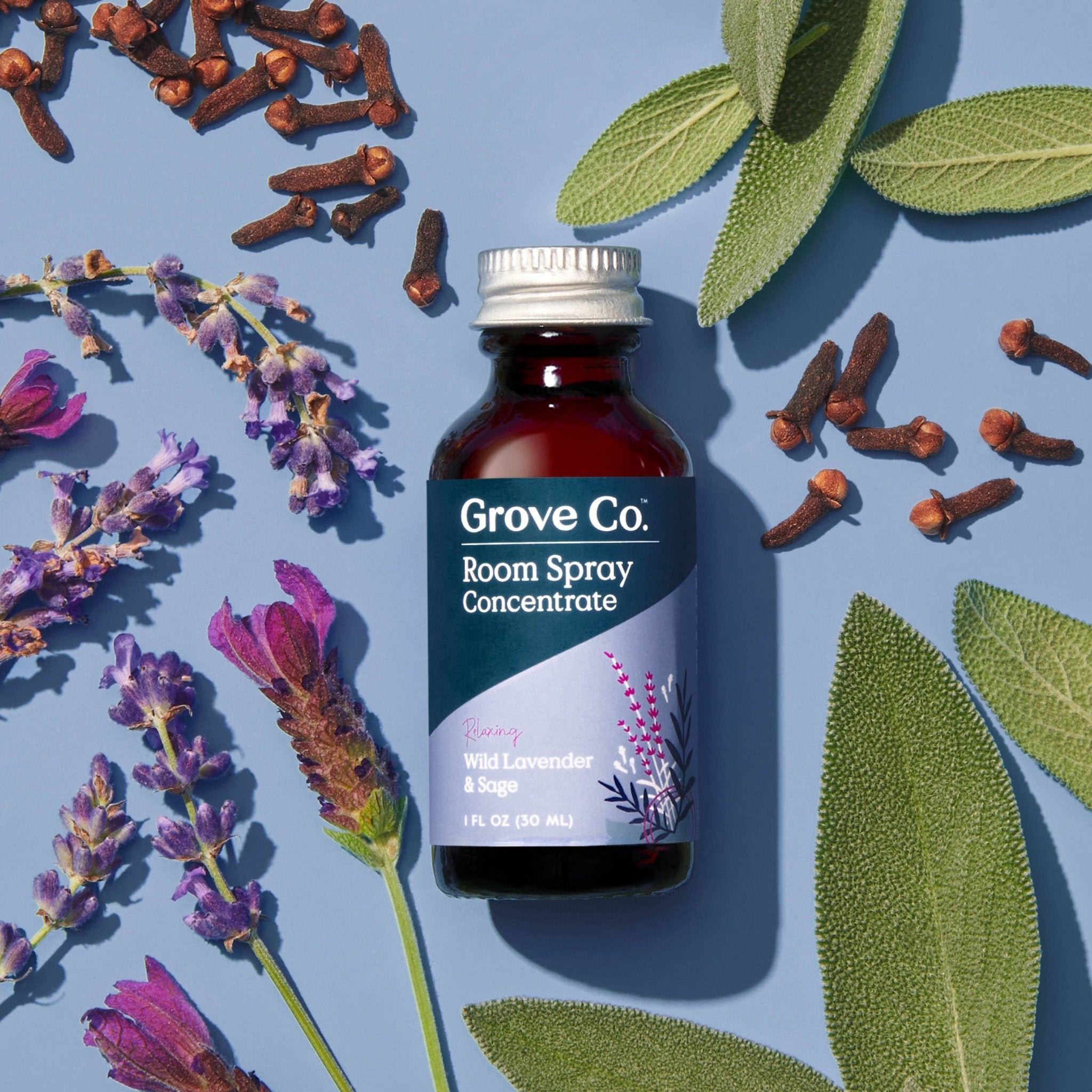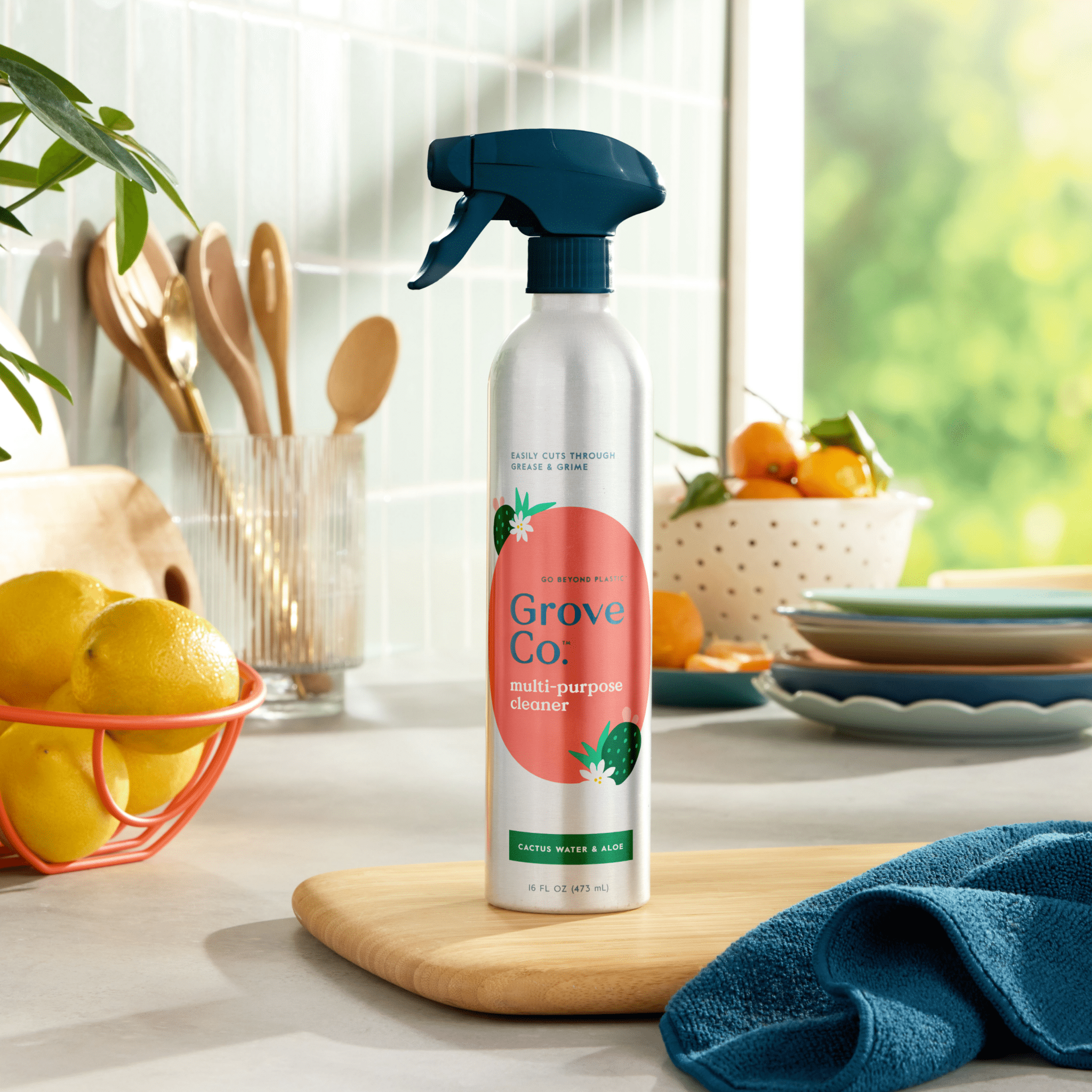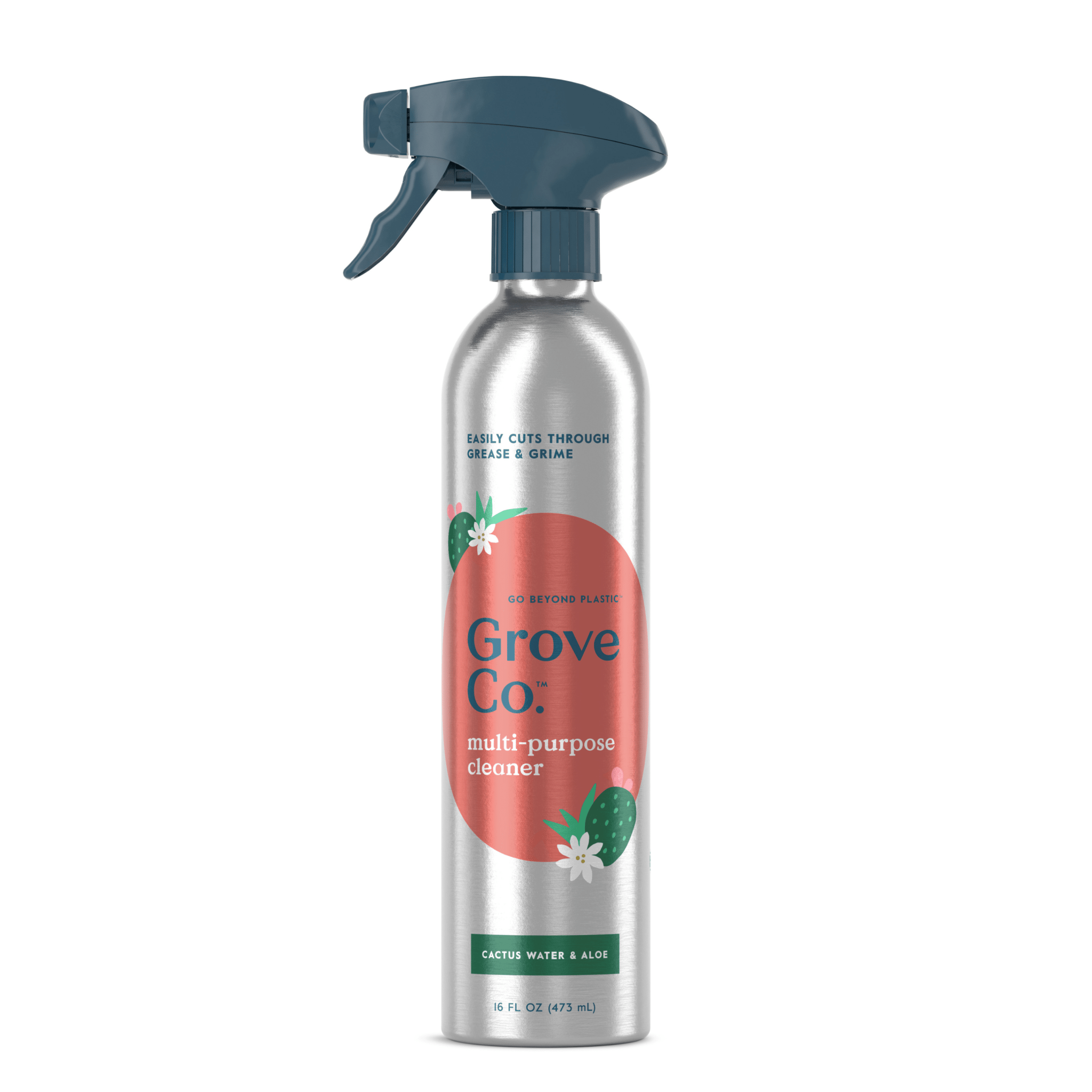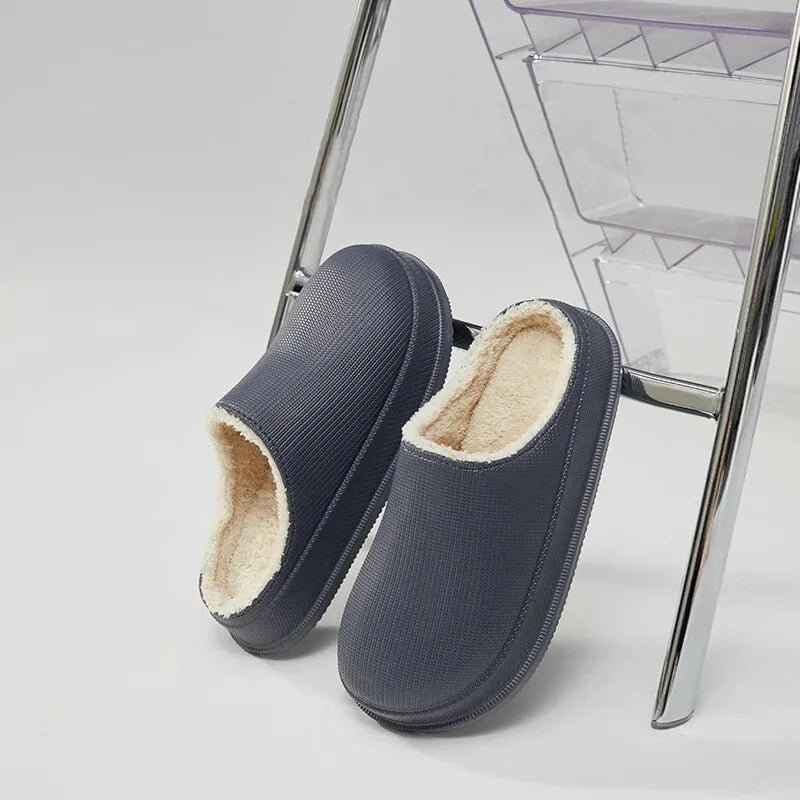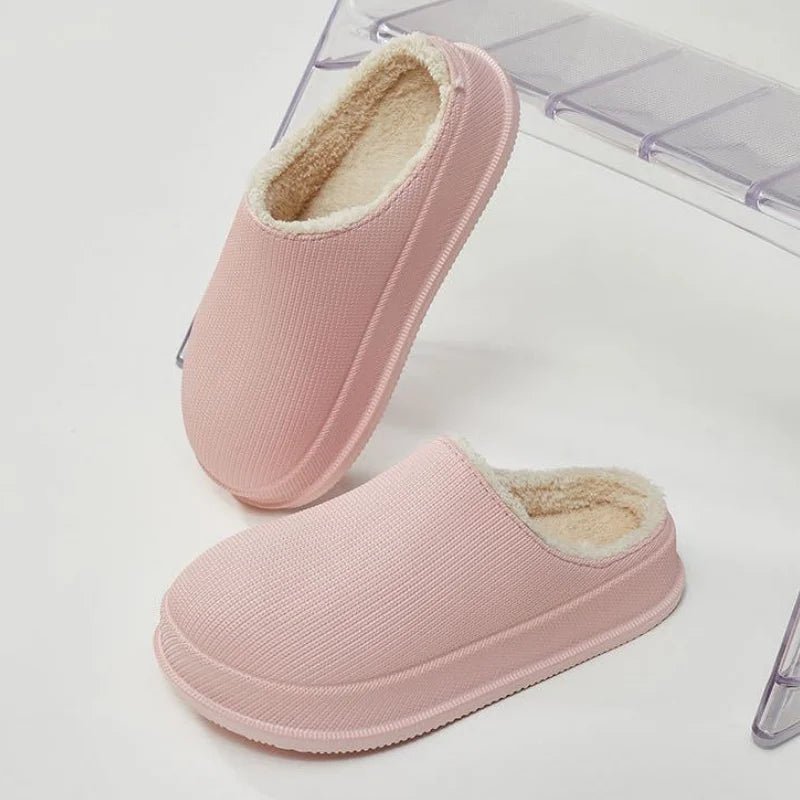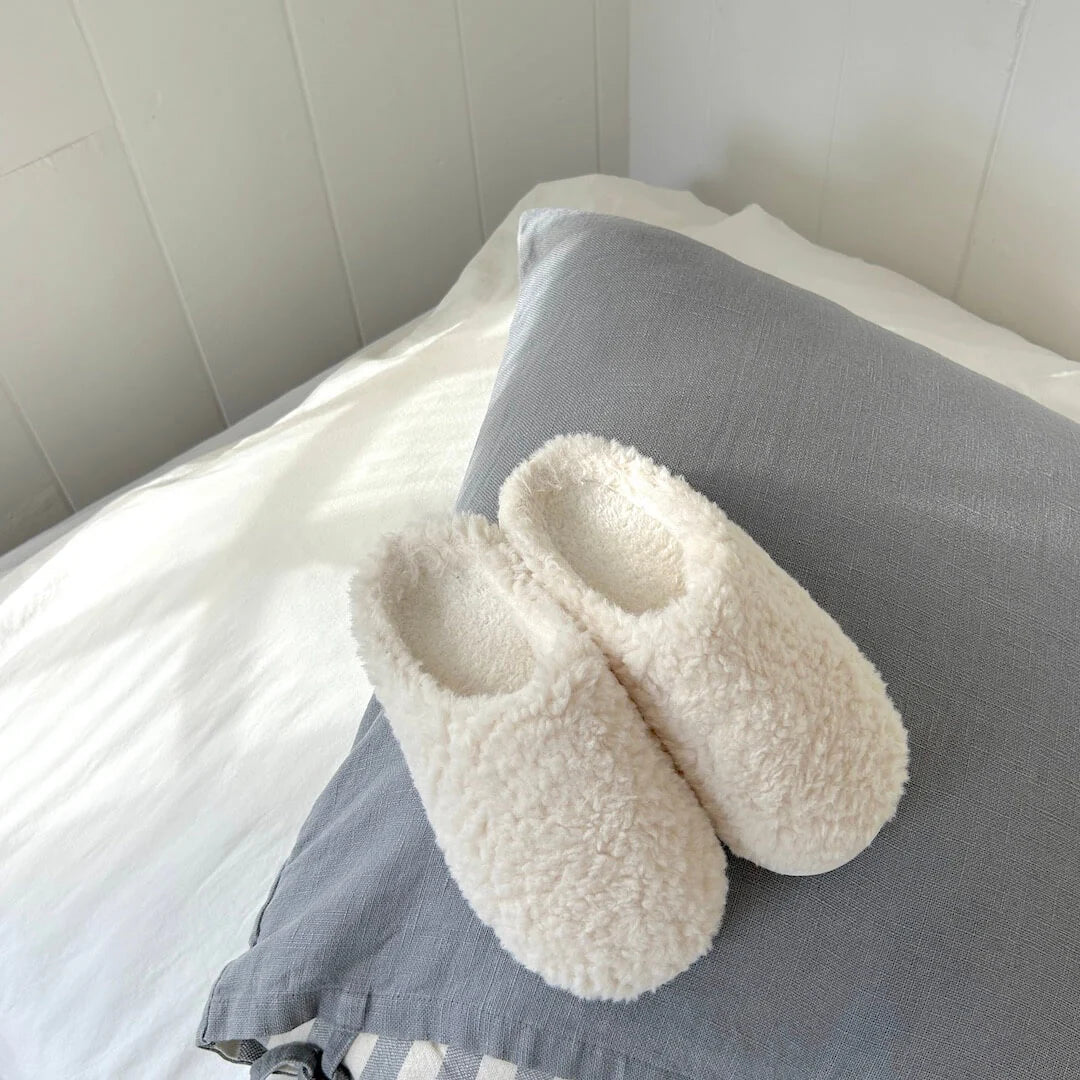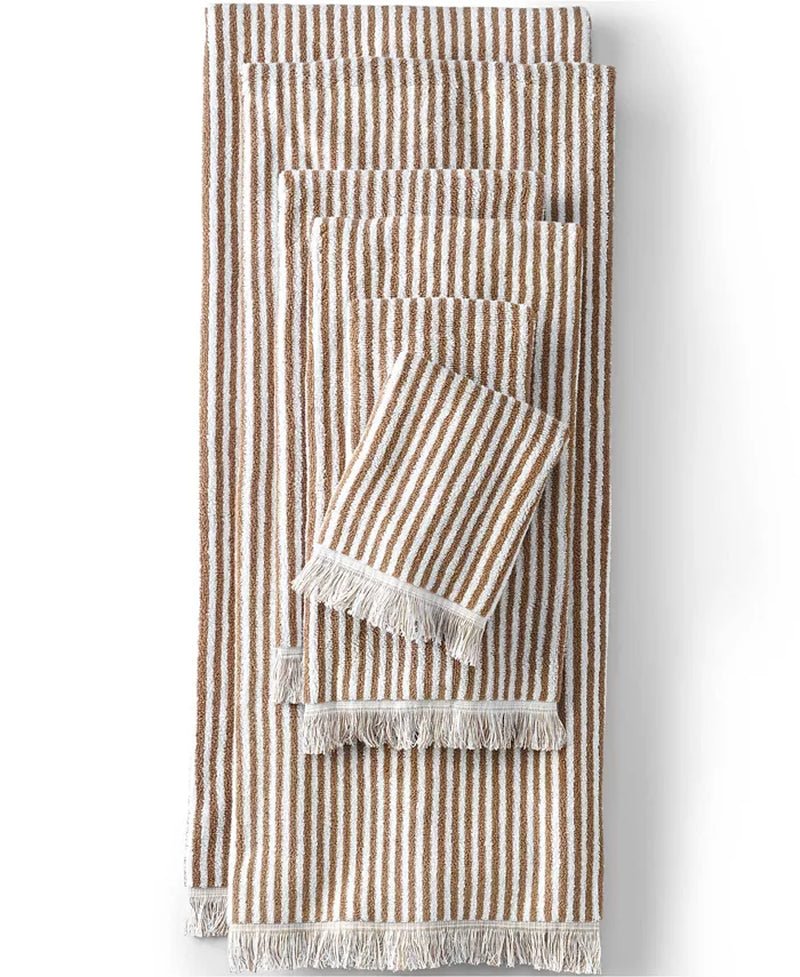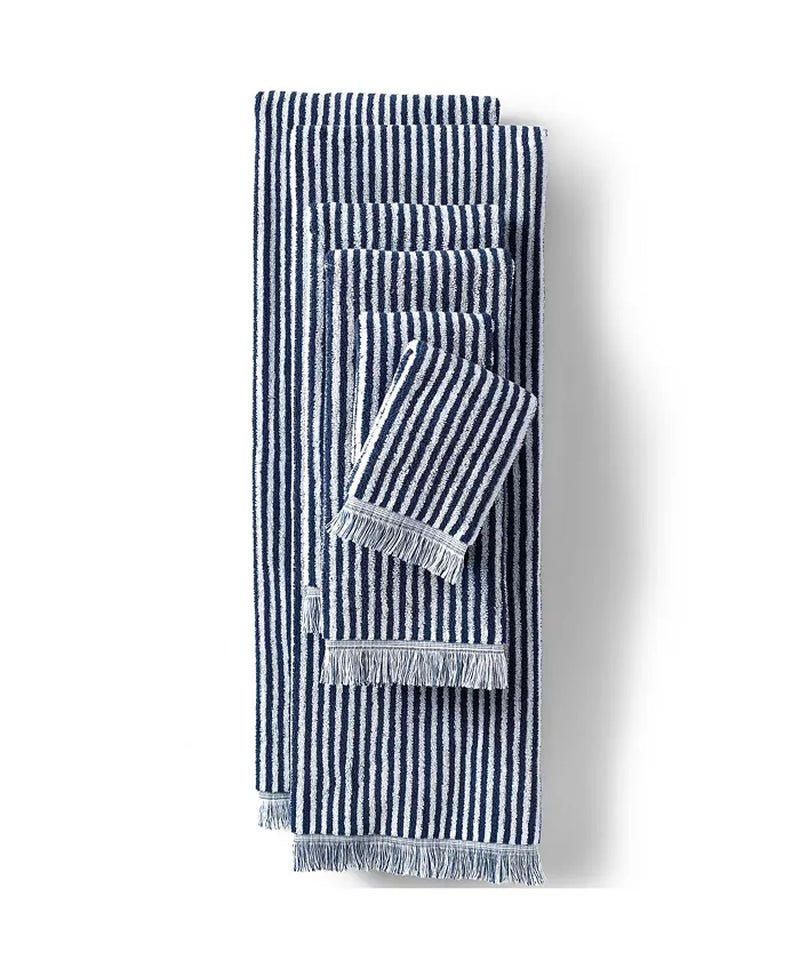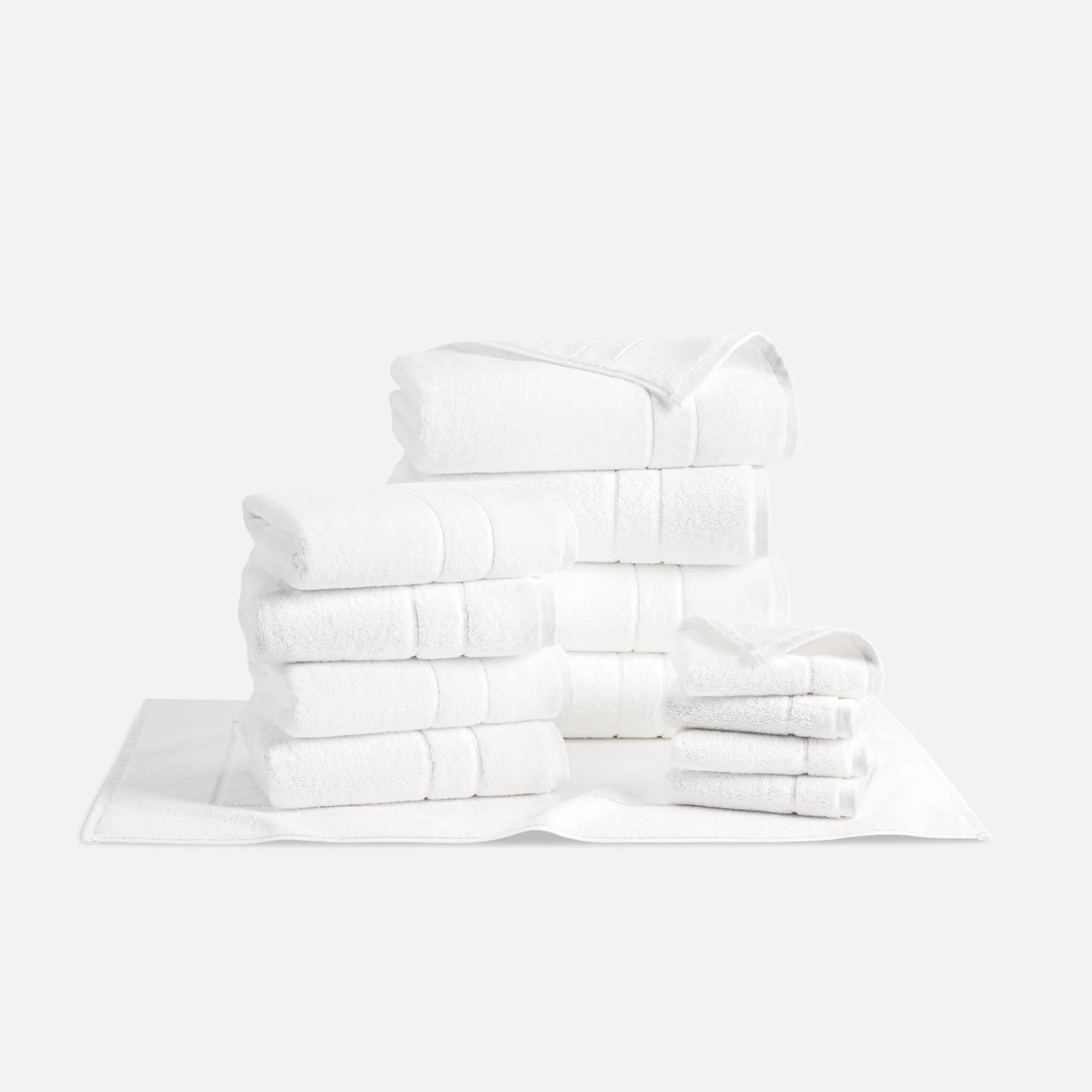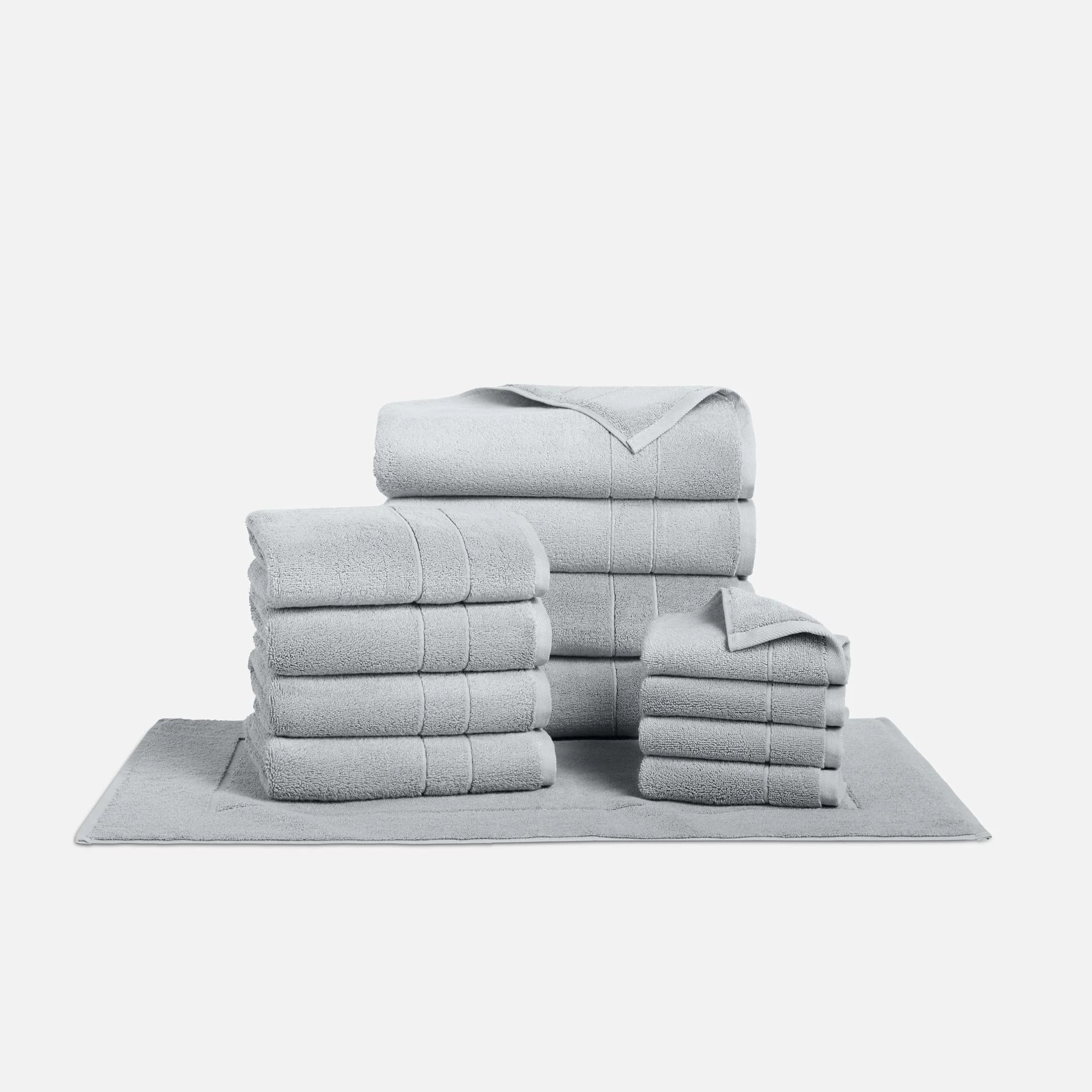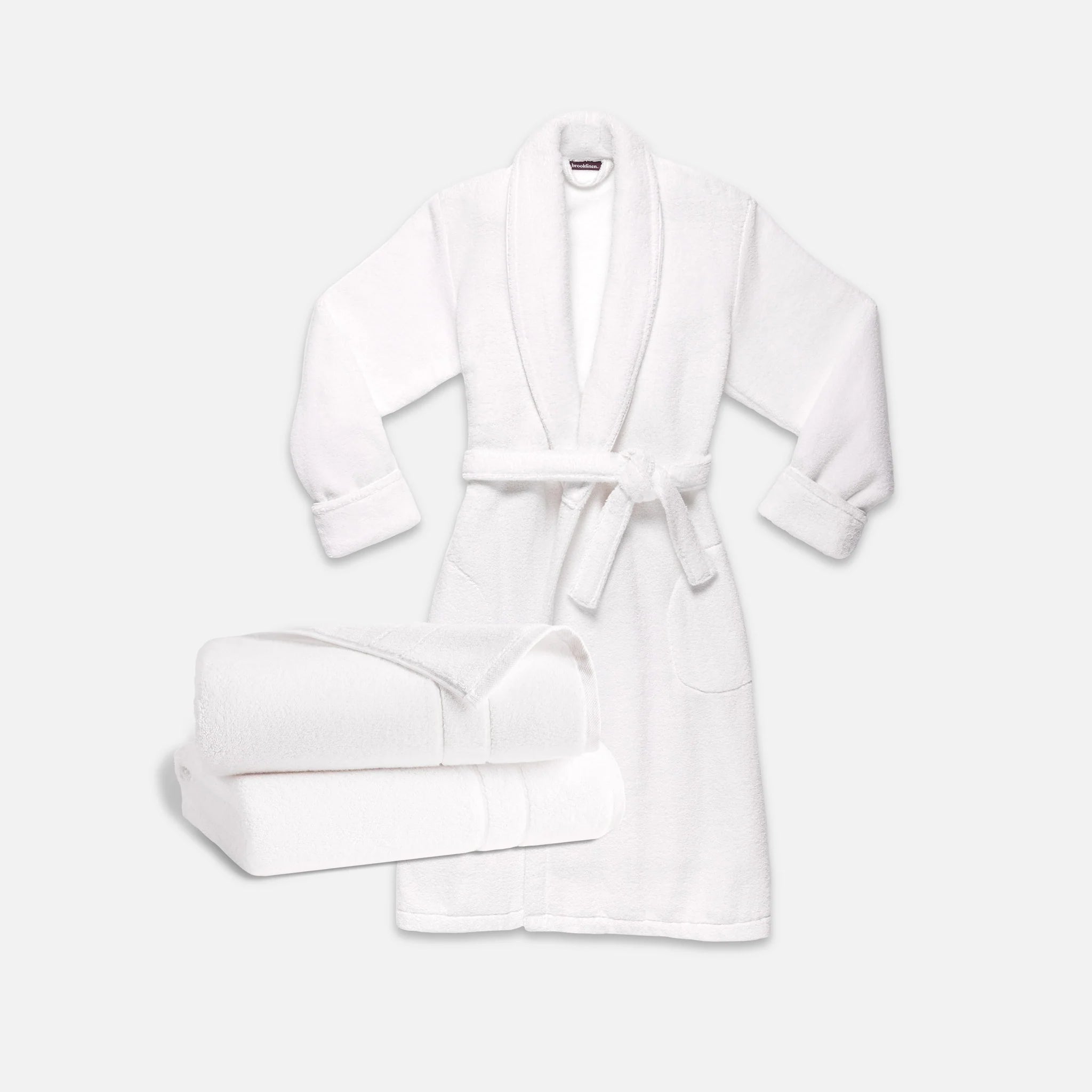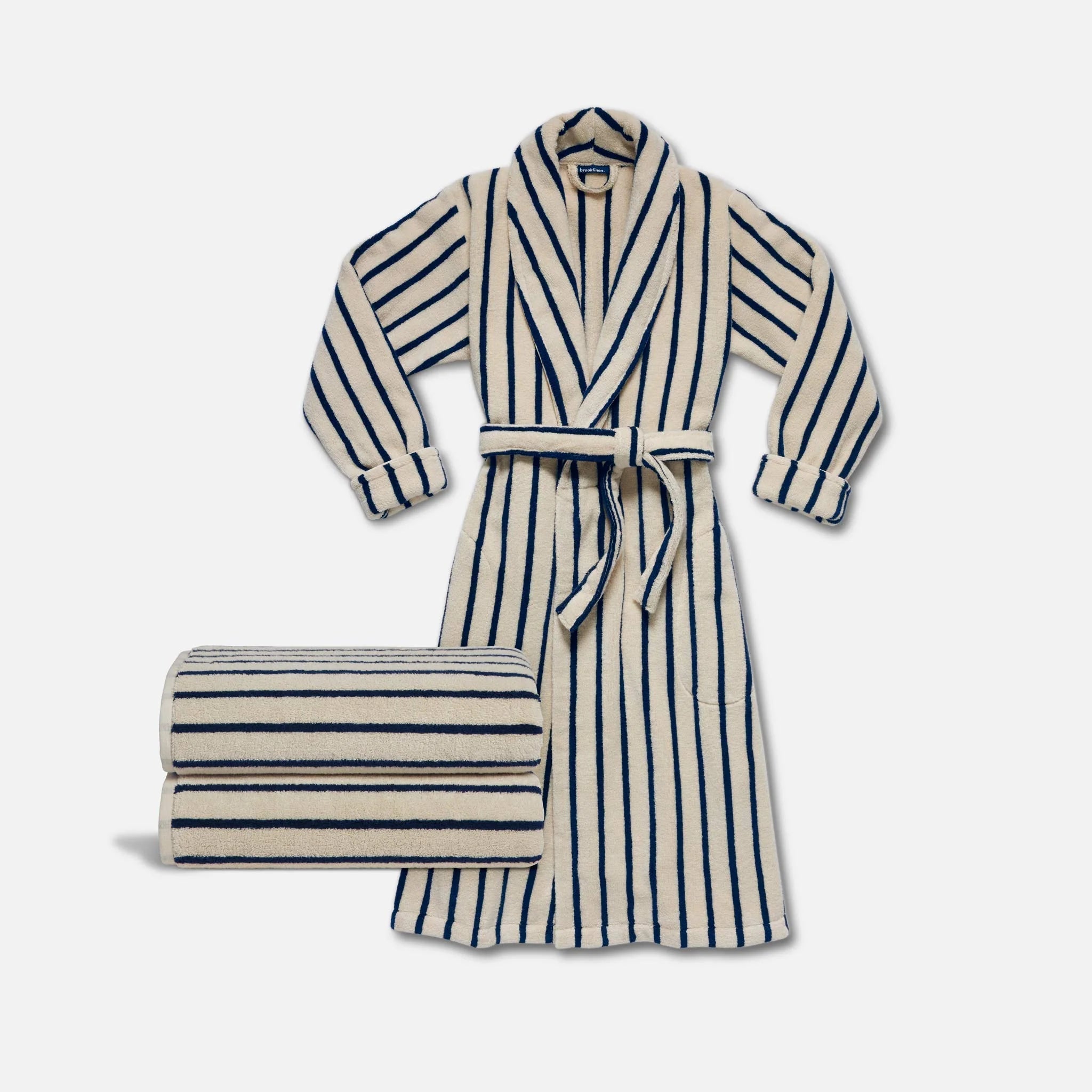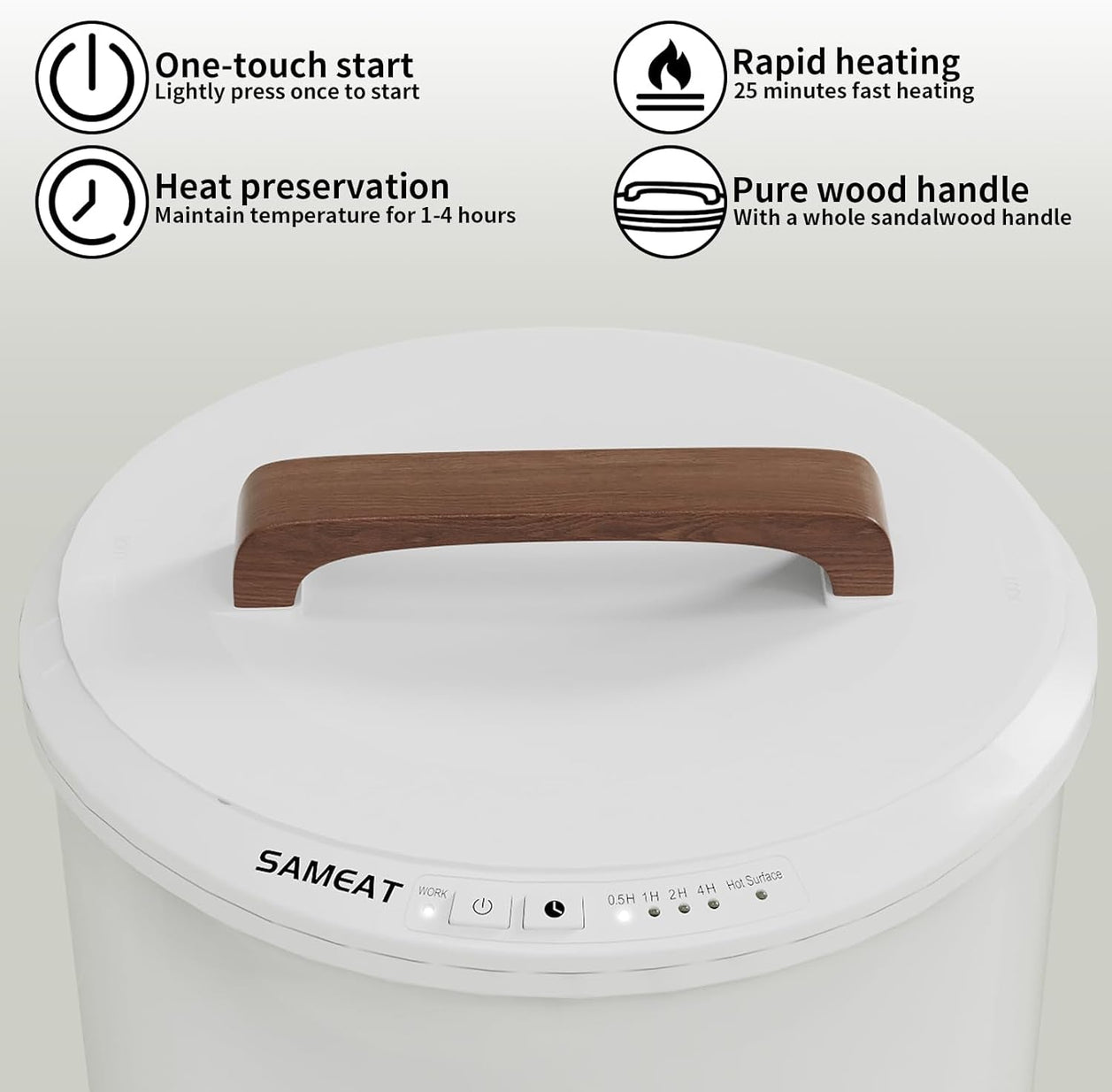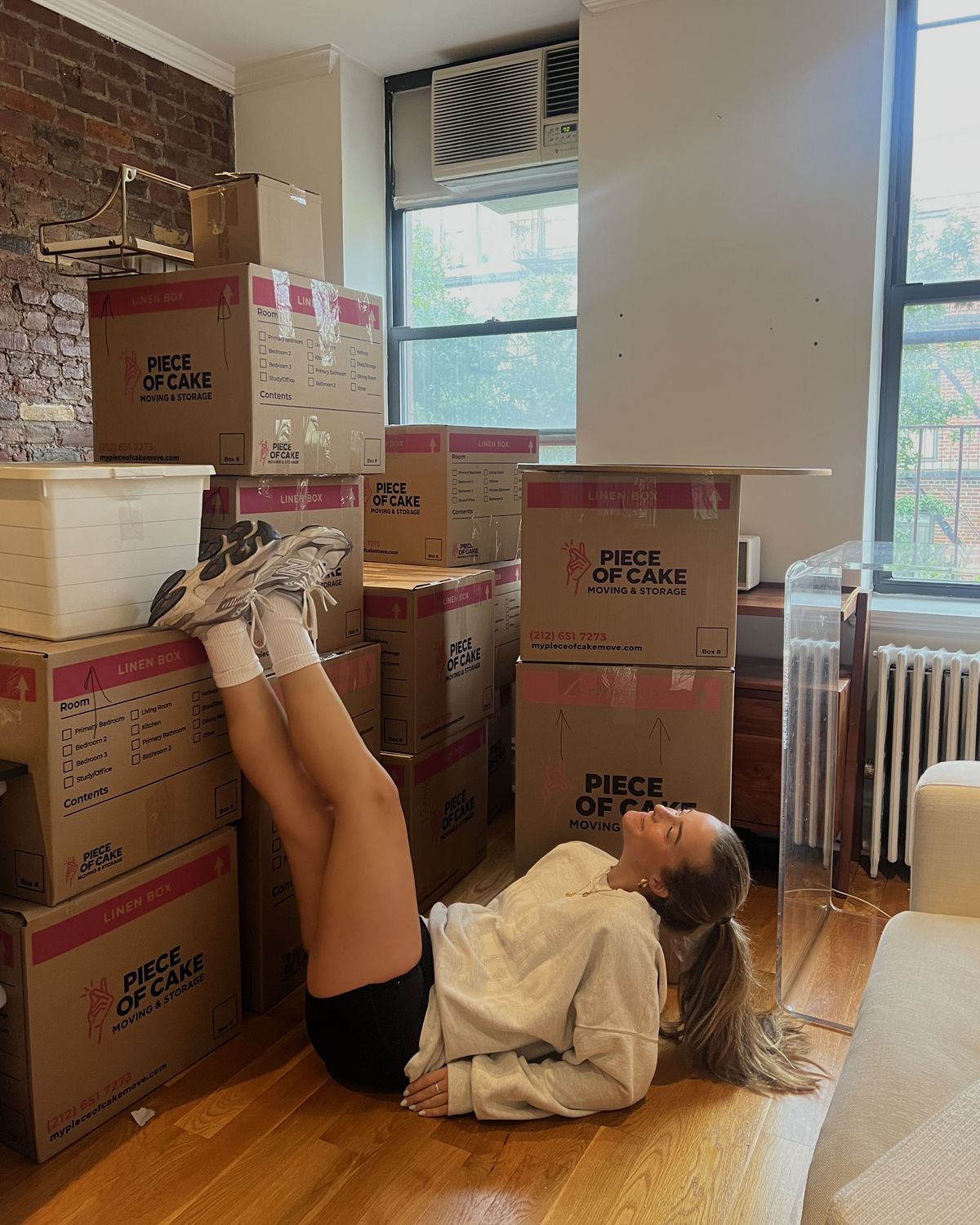Frequently Asked Questions
Fill the drum about two-thirds full — enough space for clothes to move freely. Overfilling keeps detergent from rinsing out; under filling wastes water and energy.
Start simple: separate lights, darks, and whites.
Whites → wash in warm or hot water to keep them bright.
Darks → cold water to prevent fading.
Colors → wash in cold or cool water to preserve dye.
If something’s new or bright (like red or navy), wash it separately the first time — dyes can bleed.
If you wash and dry everything together, you run the risk of ruining your whites, so proceed with caution.
Any liquid or pod detergent for standard or high-efficiency (HE) machines works. A lot of people love using tide pods for dorms because it takes the guessing out of how much detergent to use.
Use one pod or about 2 tablespoons of liquid detergent per load. Too much soap can make clothes feel stiff or cause residue — more isn’t better. If you have sensitive skin, look for fragrance-free or gentle formulas.
To avoid shrinking your clothes, focus on low heat and gentle movement:
- Wash in cold water. Heat is the biggest cause of shrinking — cold cycles are safest for most fabrics.
- Use the “Delicate” or “Permanent Press” cycle. These cycles use slower spin speeds and less agitation, which protect fibers from tightening.
- Skip the dryer when possible. Air dry or tumble dry on low or no heat. High heat in the dryer is often what actually causes clothes to shrink.
- Check your labels. Cotton, wool, and rayon are the most shrink-prone — these should always be washed in cold water and air-dried flat.
Pro tip: If you’re not sure, cold water + low heat is the safest combo for almost everything.

